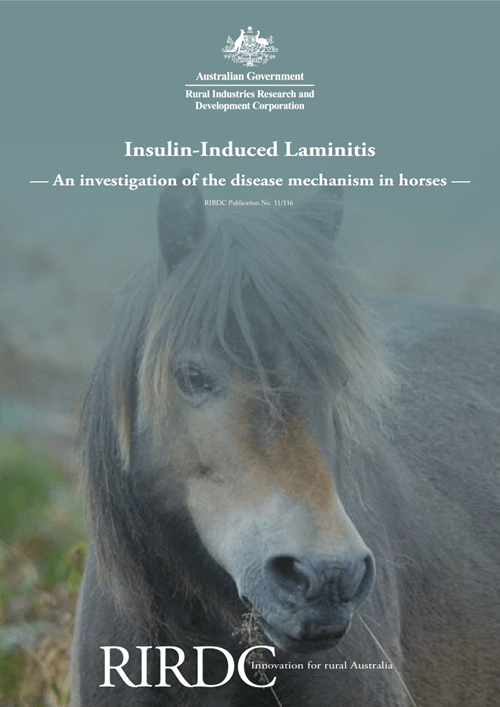Fact sheet: Equine herpes virus
Equine herpes virus (EHV) is a DNA virus found in horses all around the world. There are different strains of EHV, with the most common...
 THOROUGHBRED HORSES
THOROUGHBRED HORSES 
82 pages
Published: 19 Dec 2011
Author(s): de Laat, Melody, Sillence, Martin, McGowan, Catherine, Pollitt, Christopher
Download report PDF
DownloadPurchase a hard copy - AUD $45.00
This project has demonstrated that insulin-sensitive horses, in addition to ponies, develop laminitis experimentally if high concentrations of insulin circulate in their bloodstream for 48 hours. This discovery shifts the focus of endocrinopathic laminitis pathogenesis away from insulin resistance and hypercortisolaemia towards insulin itself having a direct laminitogenic affect. The research has discounted pathogenic roles for digital vasodilation, lamellar metalloproteinase activity and inflammation in the development of this form of laminitis. The major outcome from this project is that hyperinsulinaemia triggers uncontrolled lamellar cell proliferation and attenuation. This process weakens the lamellar suspensory apparatus of the distal phalanx until the clinical signs of foot pain are manifest. This new, alternative theory for the pathogenesis of insulin-induced laminitis maintains Australia’s leadership in equine laminitis research.
The horse breeding and sporting industries, equine veterinary industry and farriery associations across all regions of Australia can potentially benefit from the data contained in this report.